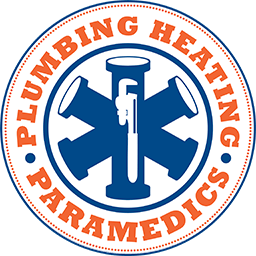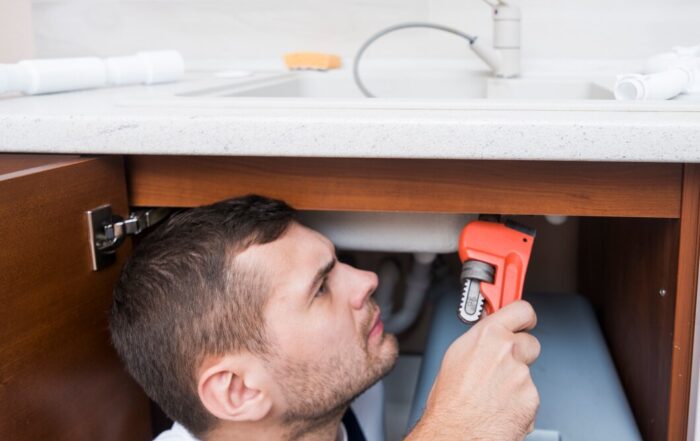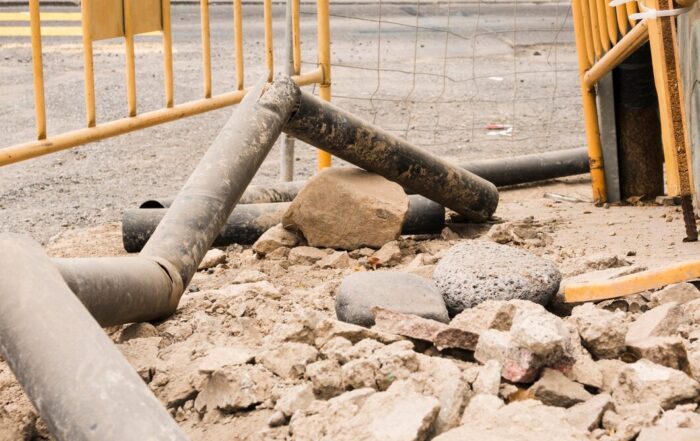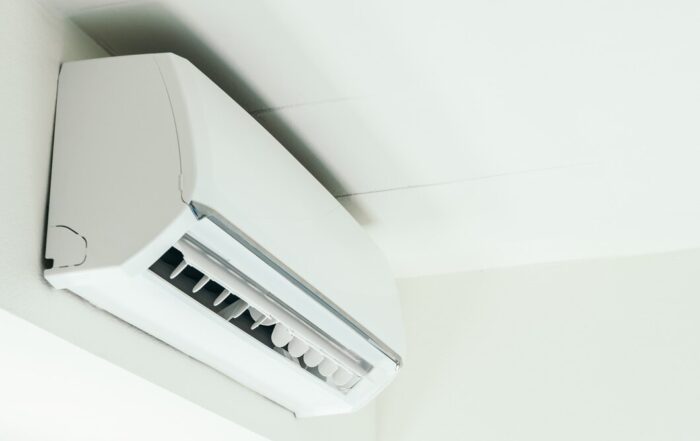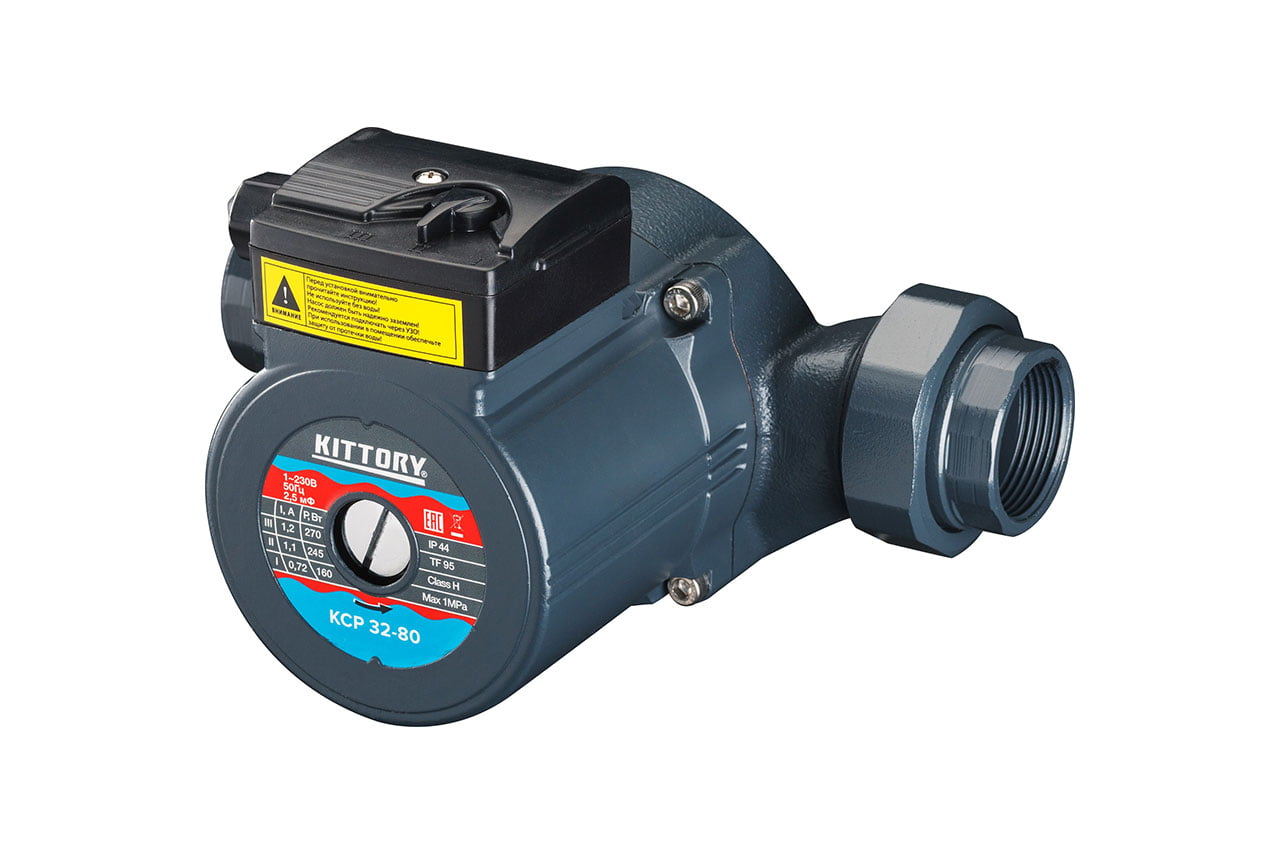
Calgarians want convenient home solutions, but messing with your sump pump can create a whole lot of crap – literally. A sump pump is what keeps water and moisture away from your home’s foundation and prevents flooding during a storm. At a glance, you may have some creative solutions on what to do with your unwanted water that’s being diverted from your foundation. But creativity can bring chaos to the surface. Other than the legal and financial ramifications, sewage can find its way back into your home if you’ve connected your sump pump to the sewage system.
While most homes in our area don’t have a septic tank, which has been a popular mistake in other parts of the country, we’ve noticed our residents are making another costly – and illegal error. Read on to find out why you should pay attention to where your sump pump is draining and how it’s protecting your home from water damage.
What is a Sump Pump?
If you’re living in Calgary, you might notice your sump pump more in the spring until late September. Our wet season goes from May 1st to September 18th, when we can see a lot of storms and rainfall affecting our area. When this extra water is seeping into your home through the walls, ground, or basement, the sump pump is what saves your home from a flood or serious water damage. Here’s exactly how it works.
How Do Sump Pumps Work?
A sump pump is a piece of crucial equipment that moves water from your basement to the outside of your home. A sump is a pit that is either naturally formed at the lowest point of your home or is dug beneath the basement floor. The sump pump itself is placed in the hole.
The pump features valves that can detect an increase in water pressure or volume. Using a discharge line, sump pumps drain excess water from the basement and away from your property as the water level rises. Simply put, any excess water from the storm that might leak into your basement or cause flooding is redirected away from your home. However, this can sometimes be done incorrectly, either by mistake or on purpose, to save time and money.
Sump pumps keep an eye on growing water levels and pressure to prevent them from becoming unmanageable. These pumps use a switch to determine how much water is in the basin that’s been collected from the storm or naturally occurring groundwater. How often the pump is used will depend on your soil.
Once activated by rising water levels, the pump begins pushing water away from the house’s foundation.
Can a Sump Pump Drain into a Septic or Sewage System?
Now that you understand how sump pumps work and know how crucial it is to keep your basement or crawl space dry, you need to know how it should be draining. You can’t just dump the excess water anywhere you please, especially if you don’t want a smelly disaster. If a sump pump is connected to a septic system, that system will overflow with too much water and break down with a costly fix attached to it.
It may seem logical to connect it to the sewage system; after all, doesn’t all water go to the same place? Here’s why you need to avoid that at all costs. A stormwater drain and sewage system connect to different places and manage the water differently. When you hook up your sump pump to a sewage system, you are causing a significant overflow. The pipes from your home that drain the sewage are much smaller and are only equipped to handle so much. If every house on your street were to do this, the system will quickly reach its capacity, and raw sewage will begin to back up through your pipes, into your shower drain, possibly even your washing machine and other places you certainly don’t want it.
Clean water and stormwater are not handled the same way sewage is taken care of in Calgary. Instead, your plumber should be installing a sump pump drainage hose away from your house so it can naturally flow towards a stormwater drain. Another option is to install a dry well that will collect the stormwater and slowly release it back into the ground over time.
If you moved into a new home and suspect that the sump pump is draining into the sewage line (or you truly have no idea where it drains), you need to rectify this as soon as possible. Not only is it illegal, but it can bring out costly and smelly consequences down the road. Working with a local professional plumber can save you the hassle of dealing with sump pump problems before it’s too late. The friendly technicians at Plumbing and Heating Paramedics can schedule you this week to look at what your sump pump needs to keep your home dry and comply with city regulations. Contact us to book now!
Where does your sump pump drain? Have you ever had a sump pump problem? What had to be done to fix it? Share your experience with our local readers that want to learn more.
Call us at (403) 452-2911 or Book Now an appointment.
Effective Solutions to Common Drain and Blockage Problems
A well-functioning plumbing system is crucial for maintaining a clean, comfortable, and hygienic home. However, drain and blockage issues can disrupt this delicate balance, causing inconvenience and potential damage to your property. As a [...]
Sewage System Problems: Causes, Symptoms, and Solutions
For many homeowners, dealing with sewage system problems can be a daunting experience. Besides the unpleasant nature of the issue, it can also pose severe health risks and cause significant damage to your property. [...]
Choosing the Best AC Unit for Your Home: Key Factors and Expert Assistance
Home comfort during Calgary's warm summer months relies heavily on having a reliable and efficient air conditioning system. If you're considering a new AC installation, it's essential to carefully evaluate your options, taking into [...]
